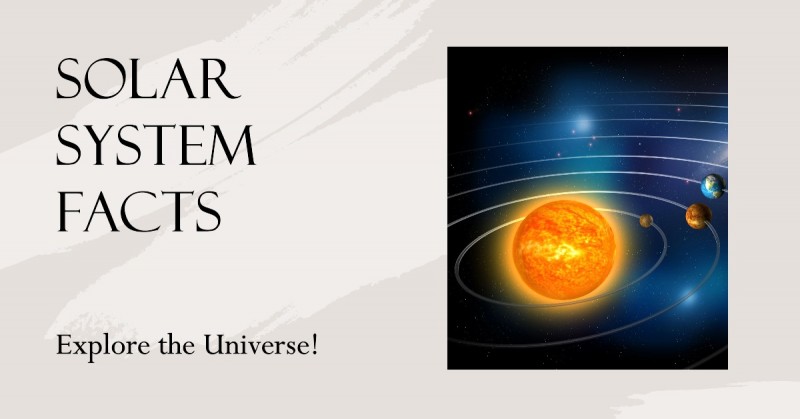Welcome to our comprehensive guide on all the fascinating facts related to the solar system. The solar system is an awe-inspiring expanse of celestial bodies that has captivated human curiosity for centuries. In this article, we will explore everything from the sun and the planets to asteroids, comets, and beyond. Join us on this cosmic journey as we uncover the wonders of the solar system!
The solar system is a vast and complex network of celestial objects, each with its own unique characteristics and contributions to the cosmic tapestry. Here are some key facts about the solar system that will broaden your understanding of our place in the universe.
The Sun: Our Fiery Star
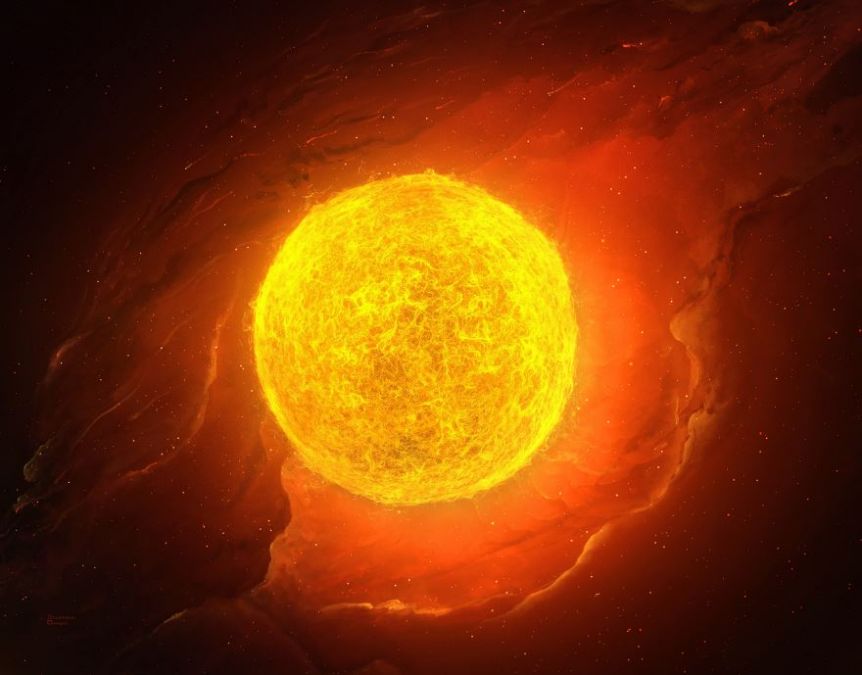
The sun is the heart of our solar system, a massive ball of hot plasma that provides light, heat, and energy to all the planets and other objects orbiting it. Here are some intriguing facts about the sun:
- The sun accounts for 99.86% of the total mass of the solar system.
- It takes approximately 8 minutes and 20 seconds for light from the sun to reach Earth.
- The sun is composed primarily of hydrogen and helium, undergoing constant nuclear fusion reactions.
- Sunspots are dark, cooler regions on the sun's surface caused by magnetic activity.
The Inner Planets: Mercury, Venus, Earth, and Mars
The inner planets, also known as terrestrial planets, are the four closest to the sun. They are composed primarily of rock and metal and have relatively smaller sizes compared to the outer planets. Let's delve into some intriguing facts about each of the inner planets:
Mercury: The Swiftest Planet
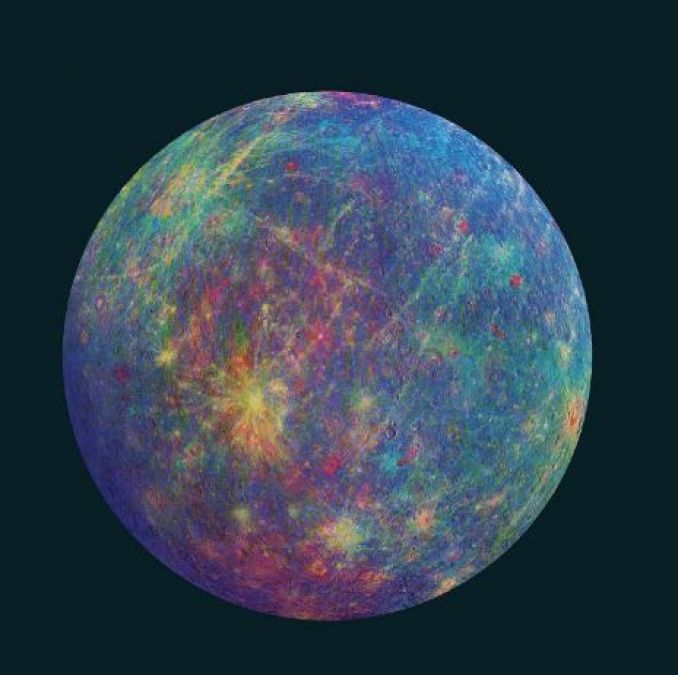
- Mercury is the smallest and closest planet to the sun in our solar system.
- It has a heavily cratered surface due to its lack of a substantial atmosphere.
- Mercury experiences extreme temperature variations, ranging from scorching hot to bitterly cold.
- It takes only 88 Earth days for Mercury to complete one orbit around the sun.
Venus: The Hottest Planet
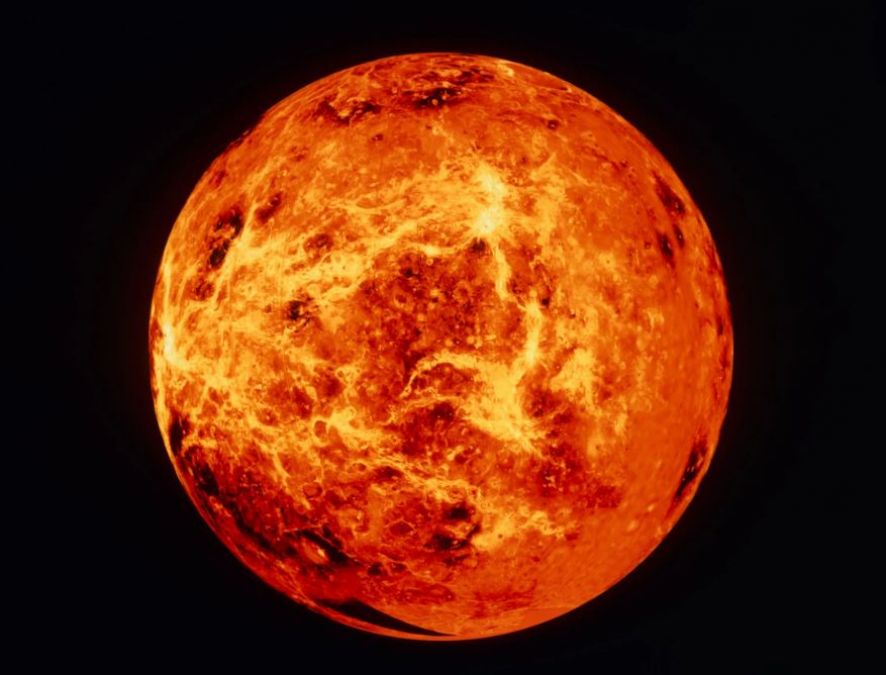
- Venus is the second planet from the sun and often referred to as Earth's sister planet.
- It has a thick, toxic atmosphere composed mainly of carbon dioxide, which creates a runaway greenhouse effect.
- Venus has a retrograde rotation, meaning it rotates on its axis in the opposite direction compared to most other planets.
- With an average surface temperature of around 900 degrees Fahrenheit (475 degrees Celsius), Venus is the hottest planet in our solar system.
Earth: Our Home Planet
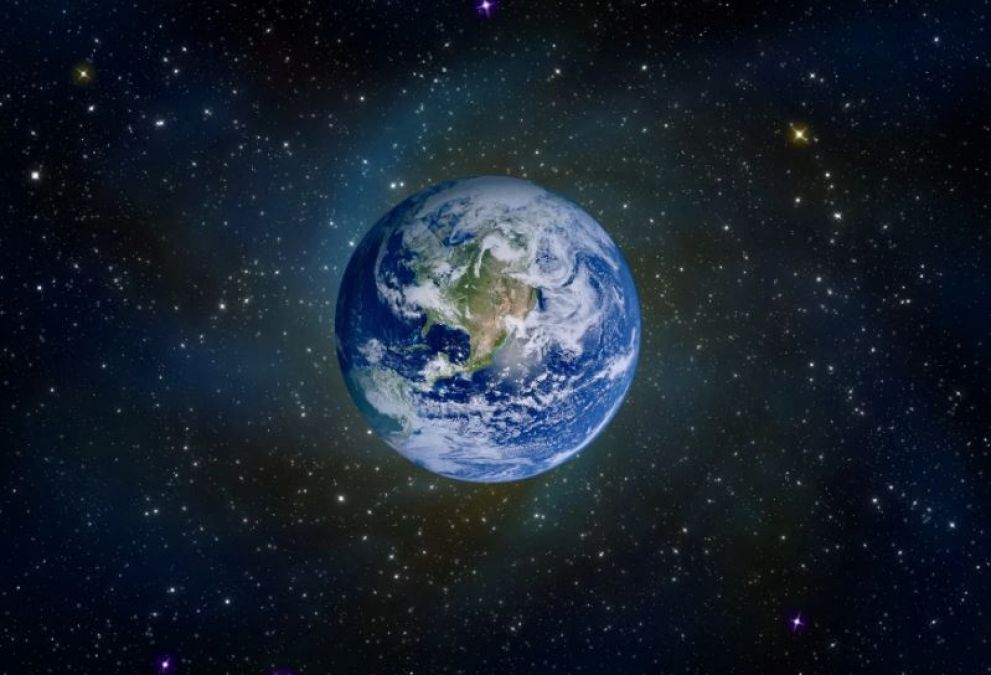
- Earth is the third planet from the sun and the only known celestial body to support life.
- It has a diverse range of ecosystems, including vast oceans, towering mountains, and lush forests.
- Earth's atmosphere is composed mainly of nitrogen and oxygen, providing a protective shield and regulating temperature.
- The presence of liquid water on Earth's surface is a crucial factor in supporting life as we know it.
Mars: The Red Planet
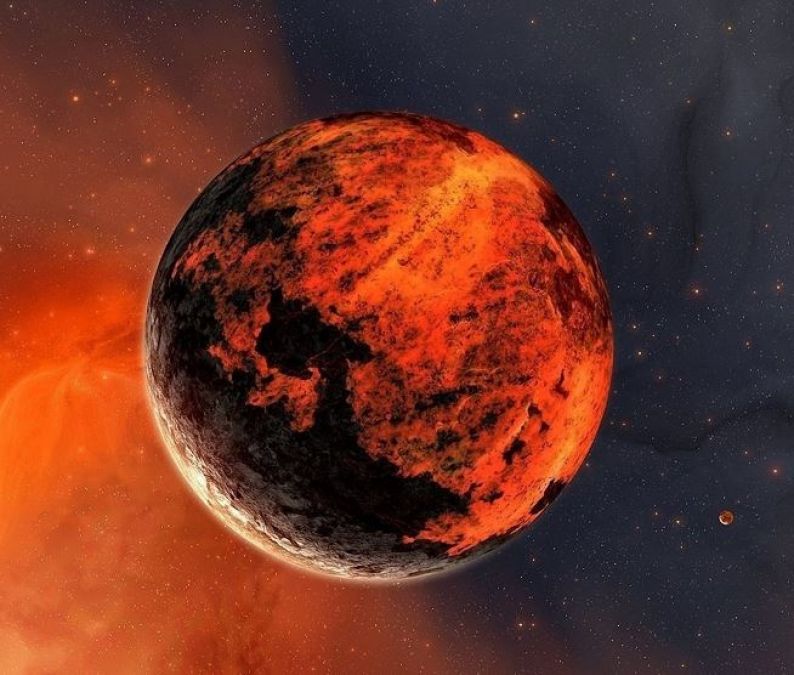
- Mars, often called the "Red Planet," is the fourth planet from the sun.
- It has a thin atmosphere primarily composed of carbon dioxide.
- Mars possesses the largest volcano and deepest canyon in the solar system.
- Scientists have discovered evidence of liquid water in the past, suggesting the possibility of microbial life on Mars.
- The Outer Planets: Jupiter, Saturn, Uranus, and Neptune
- The outer planets, also known as gas giants, are located beyond the asteroid belt. They are significantly larger and mainly composed of hydrogen and helium. Let's explore the fascinating characteristics of each of the outer planets:
Jupiter: The Mighty Giant
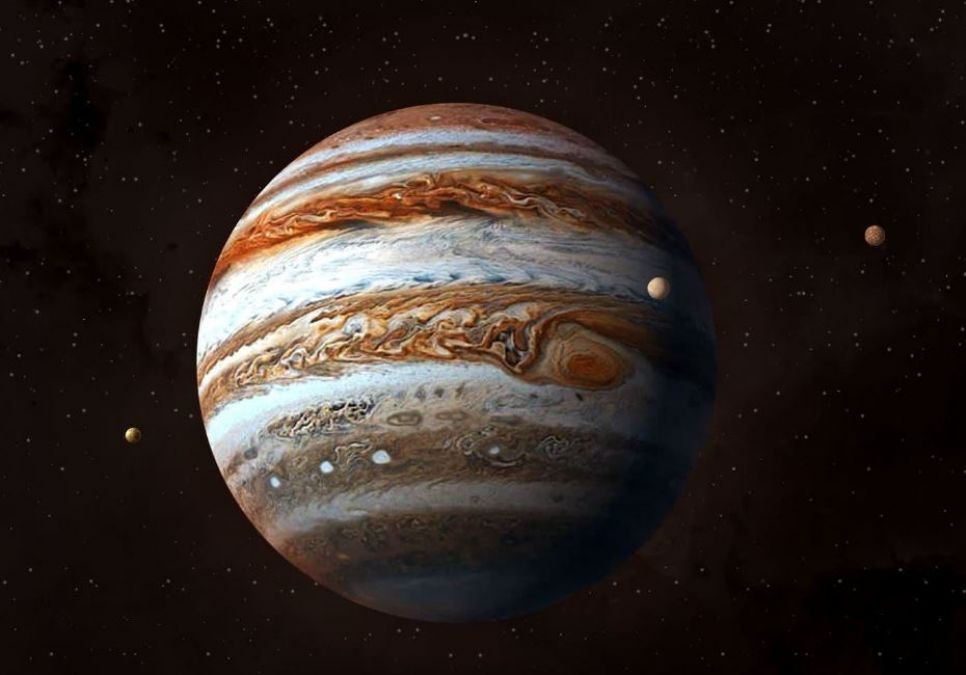
- Jupiter is the largest planet in our solar system, with a mass more than twice that of all the other planets combined.
- It has a dynamic atmosphere with prominent bands of clouds and the famous Great Red Spot—a massive storm.
- Jupiter's moon Ganymede is the largest moon in the solar system, even larger than the planet Mercury.
- It has a faint ring system, although not as pronounced as Saturn's iconic rings.
Saturn: The Ringed Wonder

- Saturn is famous for its beautiful and extensive ring system, composed mainly of ice particles.
- It is the second-largest planet and has a prominent set of rings visible even from Earth.
- Saturn's moon Titan is the only moon in the solar system with a substantial atmosphere.
- The planet's low density allows it to float in water, although it would require a massive ocean to accommodate it.
Uranus: The Tilted Ice Giant
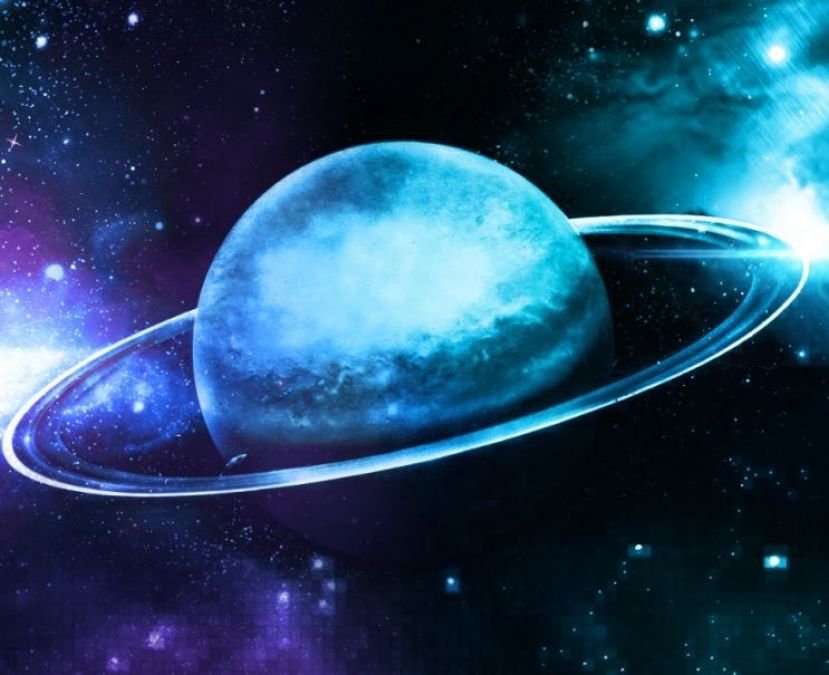
- Uranus is the seventh planet from the sun and is unique for its extreme axial tilt.
- It has a bluish appearance due to the presence of methane gas in its atmosphere.
- Uranus has a ring system and rotates on its side, making it different from the other planets.
- The planet's name originates from Greek mythology, representing the personification of the sky.
Neptune: The Distant Blue Giant
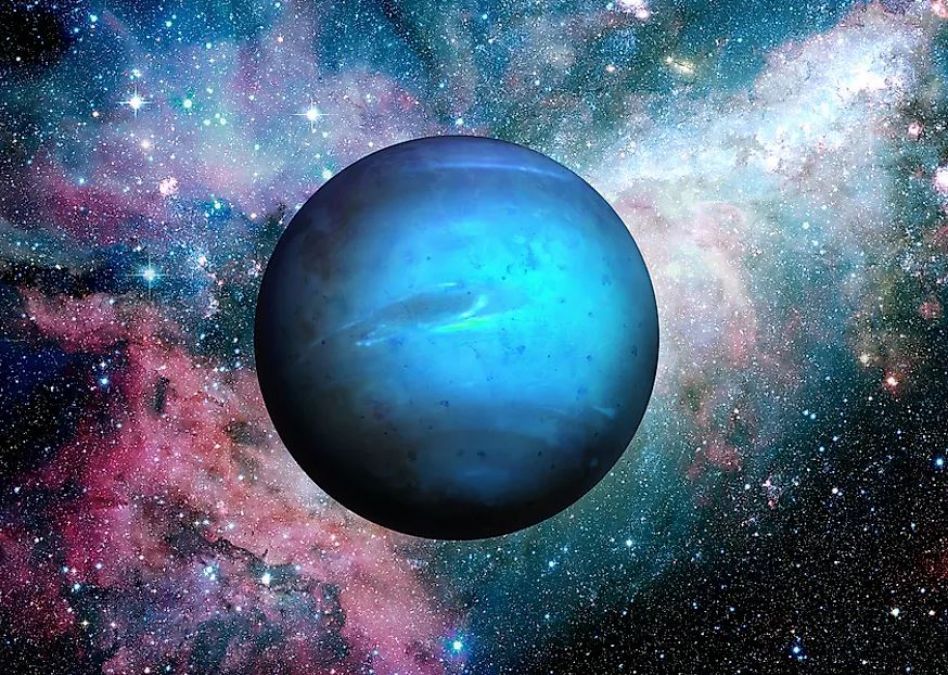
- Neptune is the eighth and farthest known planet from the sun.
- It is primarily composed of hydrogen, helium, and methane, giving it a vivid blue color.
- Neptune experiences the strongest winds in the solar system, with speeds reaching over 1,300 miles per hour (2,100 kilometers per hour).
- It has a faint ring system and a moon named Triton, which is geologically active.
Asteroids and Comets: Celestial Wanderers
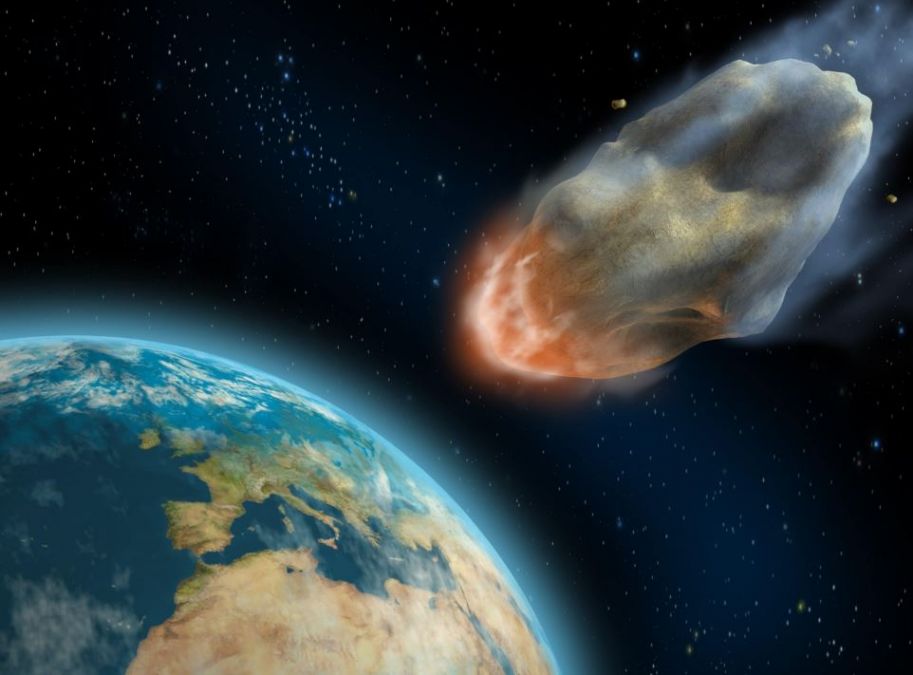
Asteroids and comets are remnants from the early formation of the solar system, providing valuable insights into its history. Let's uncover some intriguing facts about these celestial wanderers:
Asteroids: Rocky Relics
- Asteroids are rocky objects that orbit the sun, mostly found in the asteroid belt between Mars and Jupiter.
- They vary in size, ranging from tiny boulders to dwarf planets like Ceres.
- The largest known asteroid, Vesta, has a diameter of approximately 326 miles (525 kilometers).
- Some asteroids, such as Apophis, have orbits that bring them close to Earth, raising concerns about potential impacts.
Comets: Cosmic Snowballs
- Comets are icy bodies that originate from the outer regions of the solar system.
- When a comet approaches the sun, heat causes the icy nucleus to vaporize, creating a glowing coma and a tail.
- Comets have highly elliptical orbits, often taking them far beyond the orbits of the outer planets.
- Halley's Comet is one of the most famous comets, with a periodic return to the inner solar system every 76 years.
India's Growth in the Past 10 Years
Asia Takes Lead as Nanometer Chips Redefine the Semiconductor Industry
Google Searches for Mixed Reality Skyrocket 1,130% after Apple's Vision Pro Release
